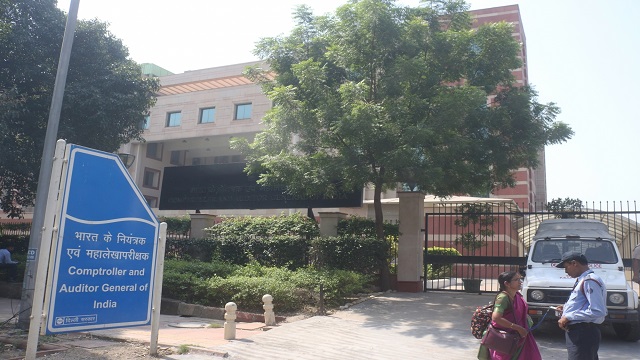Bhubaneswar: The college density in Odisha remained stagnant at 23 and remained below the national average during the years 2014-19, the Comptroller and Auditor General of India (CAG) said in a report.
In its latest report on the outcome in higher education in the State, the CAG said the number of universities had increased from 21 to 28 and the colleges from 705 to 883 during the period from 2014-15 to 2018-19. The average enrollment per college had increased from 606 to 682 during the period.
However, the college density (number of colleges per 1 lakh population of 18-23 years) has remained constant at 23 and was low as compared to the national average and the better performing States, the CAG said in the report, which was tabled in Assembly on Thursday evening.
The college density at all India-level has been increased from 27 in 2014-15 to 28 in 2018-19. There also remains a huge gap in the college density in Odisha (4.19 crore population) and States with comparable population like Kerala (3.34 crore) and Andhra Pradesh (4.94 crore), the auditor said.
The CAG also observed that the department of higher education (DHE) had neither made any assessment nor prepared master plans for establishment of new government colleges in blocks, municipalities and NACs, despite having provision in the Orissa Education Rules, 1991.
The last government college in Odisha was established in the year 1991. It was only after a substantial gap, eight model degree colleges were established in the educationally backward districts in 2016-17.
Jharsuguda, Jagatsinghpur and Kendrapara districts did not have a government college till 2018-19. Similarly, 19 blocks were devoid of any kind of higher educational institute and only 12 per cent of the government colleges were present in the rural areas, it says.
Population of SC (17.13 per cent) and ST (22.85 per cent) categories constitute about 40 per cent of the total population of the State. The CAG observed that 15 blocks of six districts with more than 60 per cent SC and ST population in the State have no degree colleges.
There was no long term vision on the part of the DHE to provide a continuous supporting mechanism for the students and improve results, CAG added.




 Kalinga AI
Kalinga AI